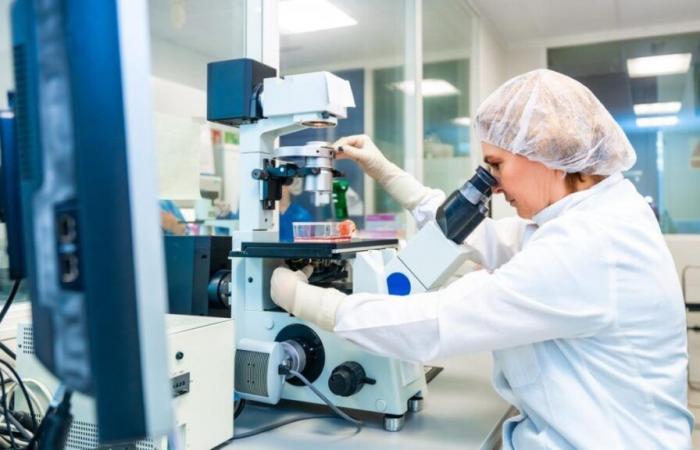A total of 1,412 Basque volunteers has joined one of the most ambitious medical investigations of the moment: decipher the hidden factors of lung cancer. They do it within the European project Lucia (Underestanding Lung Cancer-Related Risk Factors and Their Impact), which has managed to involve thousands of citizens in Euskadi, Andalusia, Belgium and Latvia to dig in the data and detect the keys of a tumor that kills more than breast and colon together.
Although until recently it was almost exclusively linked to older men and smokers, lung cancer has begun to face in younger people, many of them women, and with profiles that do not fit into traditional criteria. Thanks to this screening program, the Biobizkaia Institute has already been able to detect three tumors in an initial phase in patients who, according to the Nelson study standards, would not have entered any test. “The three are exfusters, but they had no smoking of 36, 25 and 26 years,” says Dr. Eunate Arana, responsible for scientific coordination of the Basque Center.
The objective is clear: to collect the highest possible volume of information to analyze it with artificial intelligence and be able to establish an effective screening system. The sooner this type of cancer is detected, the more possibilities there is to stop it. The Department of Health of the Basque Government studies joining the open line already in countries such as the United Kingdom and the Netherlands, where early detection programs have been implemented. “But we need to know who to invite the screening,” says Arana. Therefore, the study also includes geolocation data to draw exposures to pollutants, either for work or environmental reasons.
Pulmonary nodules, scanners and breath tests
One of the most striking conclusions that this first phase of the project has left is that 26% of the participants had nodules in the lungs with a different degree of possible malignancy. “Pillated on time, these nodules are operable and equivalent to colorectal cancer polyps,” explains Dr. Arana graphically. This type of findings reinforces the need to review the filters with which until now it was decided who should undergo control.
Among the obstacles to generalize the screening is the most effective tool available so far: the low dose scanner. Despite its good results, it is a face technique, which implies radiation, and that is not easy to assume for health systems. That is why Lucia’s team also works on less invasive and cheaper diagnostic devices, capable of acting as a presyan. They are testing detection systems in breath, sweat and blood, in the style of hidden blood test that is used for colon cancer. “A screening test cannot be expensive, it must be easy to use and effective cost,” says Arana.
Another of the project contributions has to do with the change of habits. Although smokers are the least participating – because many prefer not to know what possibilities they have to develop the disease – the study has achieved that 20% of the registered leave tobacco. A success nothing less, taking into account the risk profile that is tried to contain.
The next great study of the study will take place in Bilbao on May 27. International experts such as Dr. Carlijn Van Der Aalst, of the Nelson Study, and David Ritchie, of the World Health Organization, will meet on a scientific day to present the first results and discuss the following steps of a project that aspires to change forever the way to face lung cancer.






